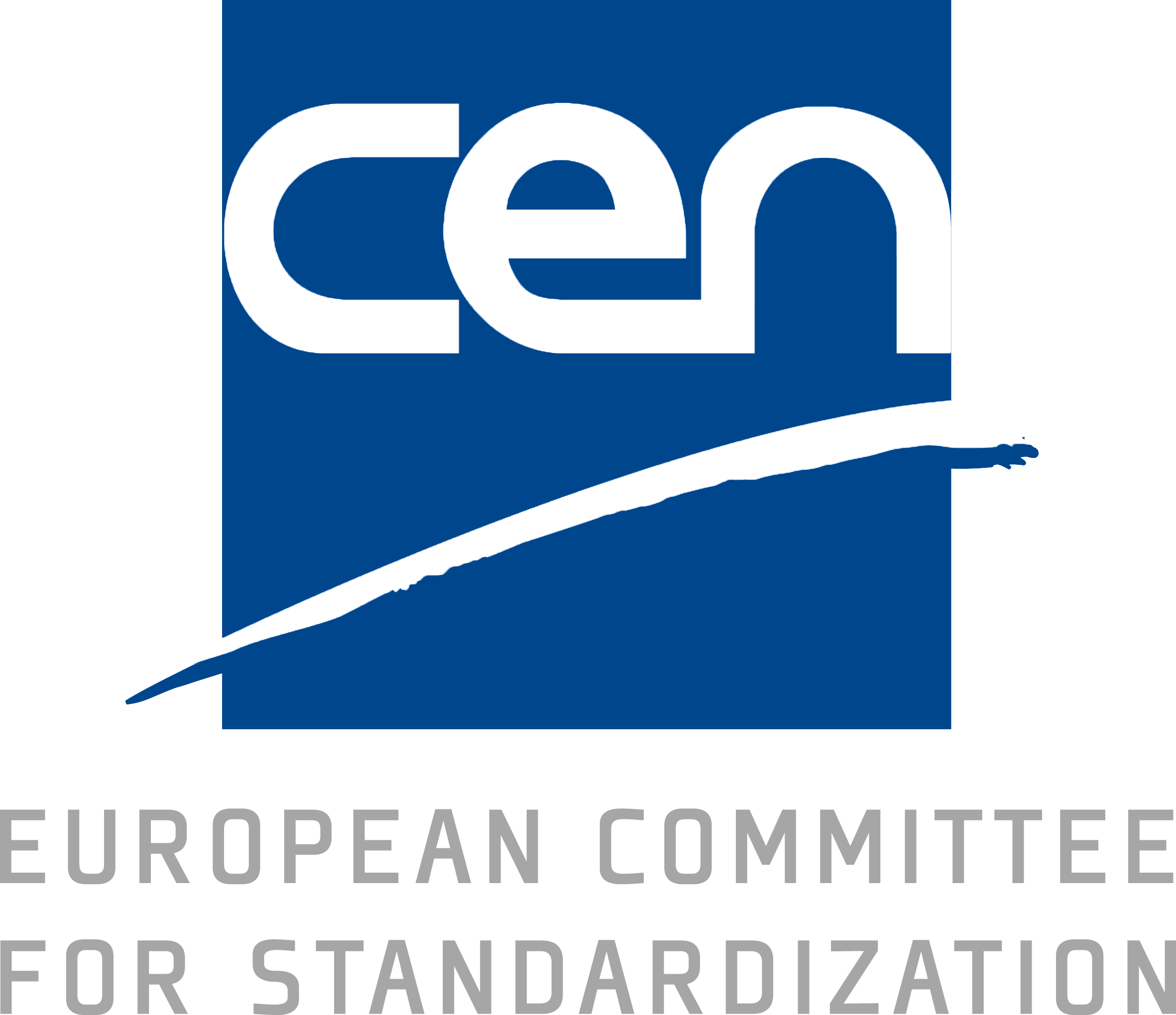Standardization organizations such as CEN (European Committee for Standardization) and CENELEC (European Committee for Electrotechnical Standardization) play a central role in implementing the EU AI Act. These bodies develop harmonized standards that provide a technical foundation for demonstrating compliance with regulatory requirements. Their work ensures that AI systems meet consistent safety, transparency, and performance benchmarks across the EU, making them indispensable partners for both regulators and AI providers.

1. Background and Establishment
Standardization organizations are specialized entities that develop technical standards to ensure interoperability, safety, and quality across industries. In the context of the EU AI Act, key players include:
- CEN (European Committee for Standardization)
- CENELEC (European Committee for Electrotechnical Standardization)
- ETSI (European Telecommunications Standards Institute)
These organizations are officially recognized by the European Commission and the European Free Trade Association (EFTA) as providers of harmonized standards under Regulation (EU) No 1025/2012. Their mission is to translate the abstract legal requirements of the EU AI Act into measurable, testable, and implementable criteria.
2. Purpose and Role in the EU AI Ecosystem
The primary role of standardization bodies under the EU AI Act is to develop harmonized technical standards that AI providers can use to demonstrate compliance with legal obligations. These standards serve as a “presumption of conformity” — meaning that if a high-risk AI system meets them, it is presumed to fulfill the relevant legal requirements.
Key areas addressed by harmonized standards include:
- Data governance and data quality
- Risk management systems
- Transparency and explainability mechanisms
- Human oversight and fallback procedures
- Post-market monitoring frameworks
Standardization allows for uniform application of the AI Act across EU Member States and ensures legal certainty for AI providers and deployers.
3. Key Contributions and Impact
Standardization organizations have made significant contributions to EU AI governance by:
- Launching the CEN-CENELEC Joint Technical Committee on AI (JTC 21) to coordinate AI-specific standards.
- Collaborating with global initiatives like ISO/IEC JTC 1/SC 42 to promote international interoperability.
- Working closely with Notified Bodies and the EU AI Safety Alliance to align technical standards with conformity assessment processes.
These efforts have led to the development of foundational documents such as:
- EN ISO/IEC 42001 (AI management systems)
- Guidance on AI risk assessment and trustworthiness indicators
- Frameworks for auditing and validating AI systems
By setting clear and practical benchmarks, standardization bodies accelerate the deployment of safe and trustworthy AI.
4. Connection to the EU AI Act and the EU AI Safety Alliance
The EU AI Act directly mandates the development and adoption of harmonized standards to operationalize its technical and procedural requirements. Articles 40–43 of the Act outline how the European Commission, in collaboration with standardization organizations, defines and updates these specifications.
The EU AI Safety Alliance complements this ecosystem by:
- Providing guidance on the application of standards
- Offering compliance auditing tools
- Supporting standard implementation across sectors
While standardization organizations define the “how” of compliance, the EU AI Safety Alliance ensures that organizations follow through with governance, monitoring, and certification.
5. Stakeholder Engagement and Community Participation
Standardization is a collaborative process involving:
- Industry experts
- Academic researchers
- Civil society groups
- National standardization bodies
- EU regulators
CEN and CENELEC run public consultations, technical committees, and mirror groups that allow stakeholders to contribute to the drafting of AI standards. This ensures that the resulting standards are not only technically sound but also ethically aligned and socially inclusive.
Organizations across the AI value chain are encouraged to:
- Participate in CEN-CENELEC technical committees
- Monitor standard development roadmaps
- Align internal AI governance with emerging standards
6. Key Themes Addressed by Standardization Bodies
Standardization organizations are instrumental in defining and refining:
- Performance and safety benchmarks
- Explainability and interpretability metrics
- Bias detection and mitigation procedures
- Lifecycle risk management practices
- System documentation and logging protocols
- Interface design for human-AI collaboration
These themes are embedded into the AI system’s technical documentation, which is reviewed during conformity assessment by Notified Bodies and validated through EU AI Safety Alliance audits.
7. How to Engage with Standardization Organizations
Organizations can engage with EU standardization bodies through the following steps:
- Join national standardization bodies affiliated with CEN and CENELEC (e.g., DIN in Germany, AFNOR in France).
- Track relevant working groups, especially CEN-CENELEC JTC 21.
- Contribute to public consultations on draft standards.
- Attend stakeholder workshops on AI compliance.
- Integrate harmonized standards into AI system development and documentation.
Proactively aligning with harmonized standards offers substantial benefits, including:
- Faster conformity assessments
- Reduced legal uncertainty
- Improved cross-border market access
- Stronger consumer and regulator trust

